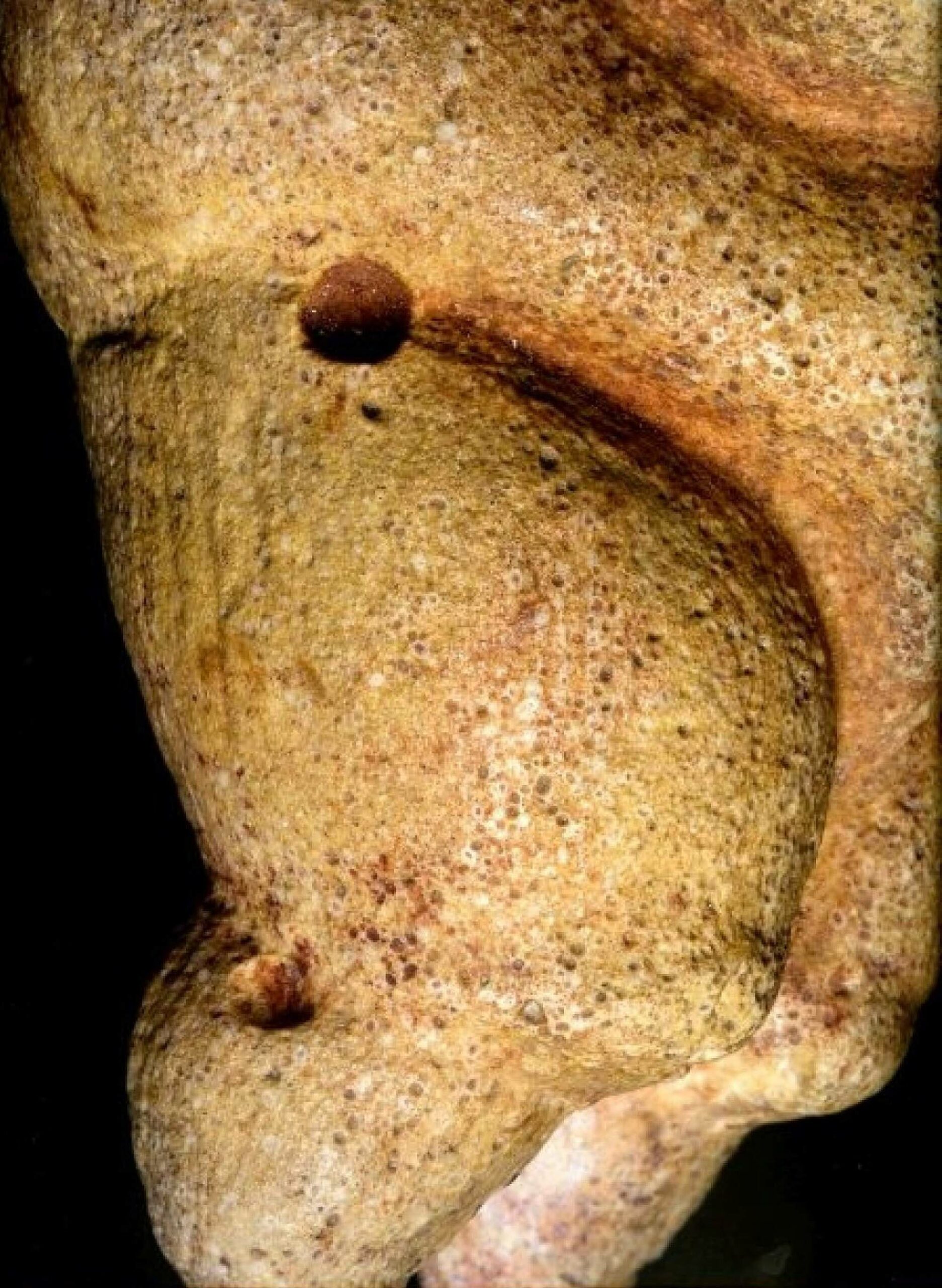Boffins believe they have discovered the origin of the Venus of Willendorf – an 11-centimetre-tall figurine considered one of the most significant artefacts ever found.
The figurine depicts an adult female with large breasts, broad hips, and what appears to be either an elaborate headdress or hairstyle that obscures her face.
An oversized version of the figurine was depicted in the 2008 American superhero film ‘Hellboy II: The Golden Army’, written and directed by Guillermo del Toro.


Sometimes interpreted as a symbol of fertility, it was unearthed during excavations at a Paleolithic site near the village of Willendorf in Austria’s Wachau valley in 1908.
It has been known for some time that the Venus figurine is carved from oolite, which is a stone consisting of tiny limestone grains formed in tropical seas.
As oolitic limestone is not encountered in Austria’s Wachau valley, the 29,500-year-old figurine’s origin has long remained a mystery – apparently until now.
A team of experts from the University of Vienna and the Natural History Museum (NHM) Vienna has conducted high-resolution tomography scans on the Venus.
After searching for deposits of oolite all over Europe, the experts now believe the stone used to make the figurine came from near Lake Garda in northern Italy.


However, the experts cannot say this with absolute certainty, and also point to oolite deposits in Ukraine’s Donbas region as a possible source of origin.
Though the Italian oolite samples yield a closer match to the figurine than the Ukrainian ones, similar female figurines have been unearthed in the latter area.
Other artefacts from eastern Slovakia found in the Wachau valley seemingly show there was contact between such areas of central and eastern Europe at the time.
Prof Dr Gerhard Weber of the University of Vienna said: “What you have to picture is that the Gravettian people (the toolmaking culture of the period) searched for and populated favourable habitats. Once the climate or hunting opportunities changed, they moved on, preferably along rivers.”
Another remarkable discovery the team made was that the stone used for the Venus of Willendorf was formed during the time of the dinosaurs – around 150 million years ago.
Dr Mathias Harzhauser of NHM Vienna said: “That we would be able to draw a line from the iconic Ice Age figurine to the tropical seas of the Mesozoic was a surprise to us all.”


To find out more about the author, editor or agency that supplied this story – please click below.
Story By: Georgina Jadikovska, Sub-Editor: Michael Leidig, Agency: Newsflash
The Ananova page is created by and dedicated to professional, independent freelance journalists. It is a place for us to showcase our work. When our news is sold to our media partners, we will include the link here.




